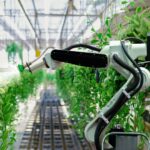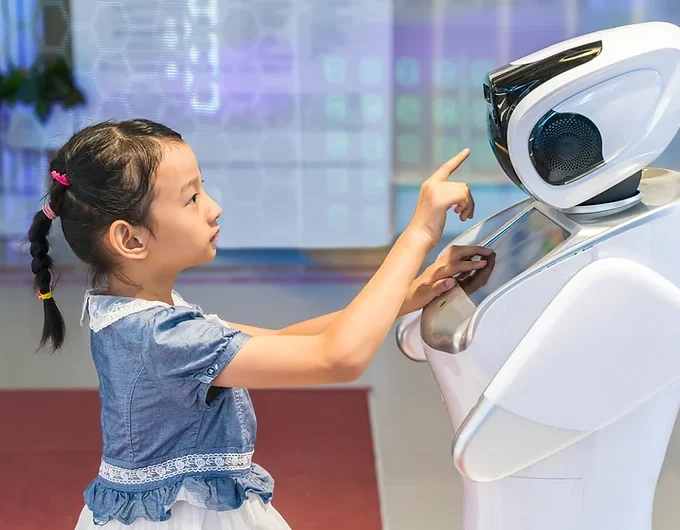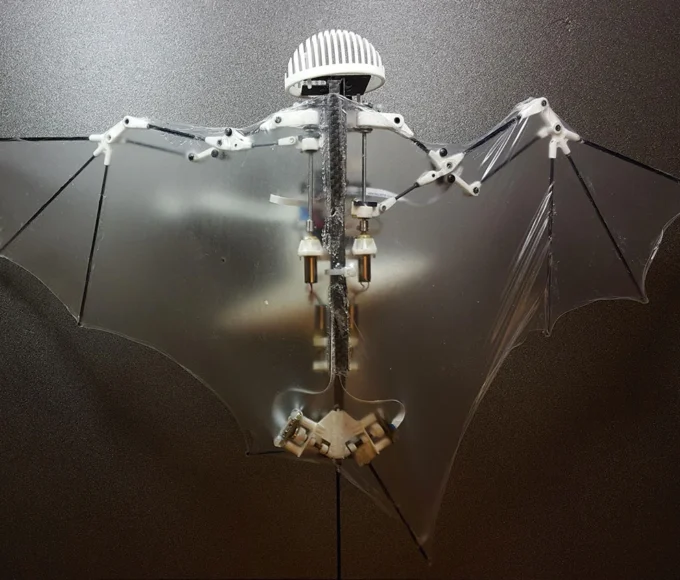Agriculture has come a long way since the earliest days of human civilization, and technology has played an increasingly important role in improving crop yields and efficiency. One area where technology has made significant strides in recent years is crop irrigation, and in particular, the rise of robot crop irrigation systems.
Traditionally, crop irrigation has been a labour-intensive process, with farmers manually checking and adjusting irrigation systems to ensure that crops receive the right amount of water. However, with the development of advanced robotic systems, farmers now have access to more efficient and precise irrigation systems.
One of the primary benefits of robot crop irrigation is that it can help to conserve water. By using sensors and other advanced technologies, these systems can monitor soil moisture levels in real-time and adjust water delivery accordingly. This ensures that crops receive the right amount of water without wasting resources.
Robot crop irrigation systems also offer improved precision and accuracy compared to traditional irrigation methods. With their ability to monitor soil moisture levels, they can deliver water directly to the root zone of crops, reducing water loss and improving crop yields. These systems can be programmed to irrigate at specific times of the day or night, minimizing evaporation and maximizing efficiency.
Another advantage of robot crop irrigation is that it can help farmers to save time and labor costs. With these systems in place, farmers no longer need to manually monitor and adjust irrigation systems, freeing up time to focus on other aspects of their operations.
With the ability to operate 24/7, robot crop irrigation systems can provide more consistent and reliable water delivery. This reduces the risk of crop damage due to over or under-watering
In India, agriculture is a critical sector that employs over 50% of the country’s population and contributes around 17-18% to the nation’s GDP. With a population of over 1.3 billion, India faces significant challenges in meeting the food and water demands of its growing population. The adoption of advanced technologies, such as robot crop irrigation, can play a crucial role in addressing these challenges.
Several companies in India have developed and implemented robot crop irrigation systems. For example, the Bengaluru-based startup Fasal has developed an AI-powered irrigation system that uses data analytics and machine learning algorithms to optimize irrigation and nutrient delivery.
According to MarketsandMarkets, the market size for smart irrigation systems in India is expected to grow $712.4 million by 2025. The report cites factors such as the increasing adoption of precision agriculture, rising demand for food production, and government initiatives etc.
The Indian government has launched several initiatives to promote the adoption of advanced farming technologies. The Pradhan Mantri Krishi Sinchai Yojana (PMKSY) aims to promote water conservation and precision irrigation techniques. It includes the use of drip and sprinkler irrigation systems.
Of course, there are still some challenges associated with robot crop irrigation. One key concern is the cost of these systems, which can be prohibitively expensive for many farmers.
There is a learning curve associated with implementing these systems, and some farmers may be hesitant to adopt new technology.
Despite these challenges, the benefits of robot crop irrigation are clear. With their ability to conserve water, improve precision and accuracy, and save time and labor costs, these systems offer a promising new approach to crop irrigation that can help farmers to maximize yields while minimizing resource use.
As the technology continues to evolve and become more accessible, it seems likely that we will see a continued rise in the use of robot crop irrigation systems and a bright way ahead for agriculture
















%s Comment